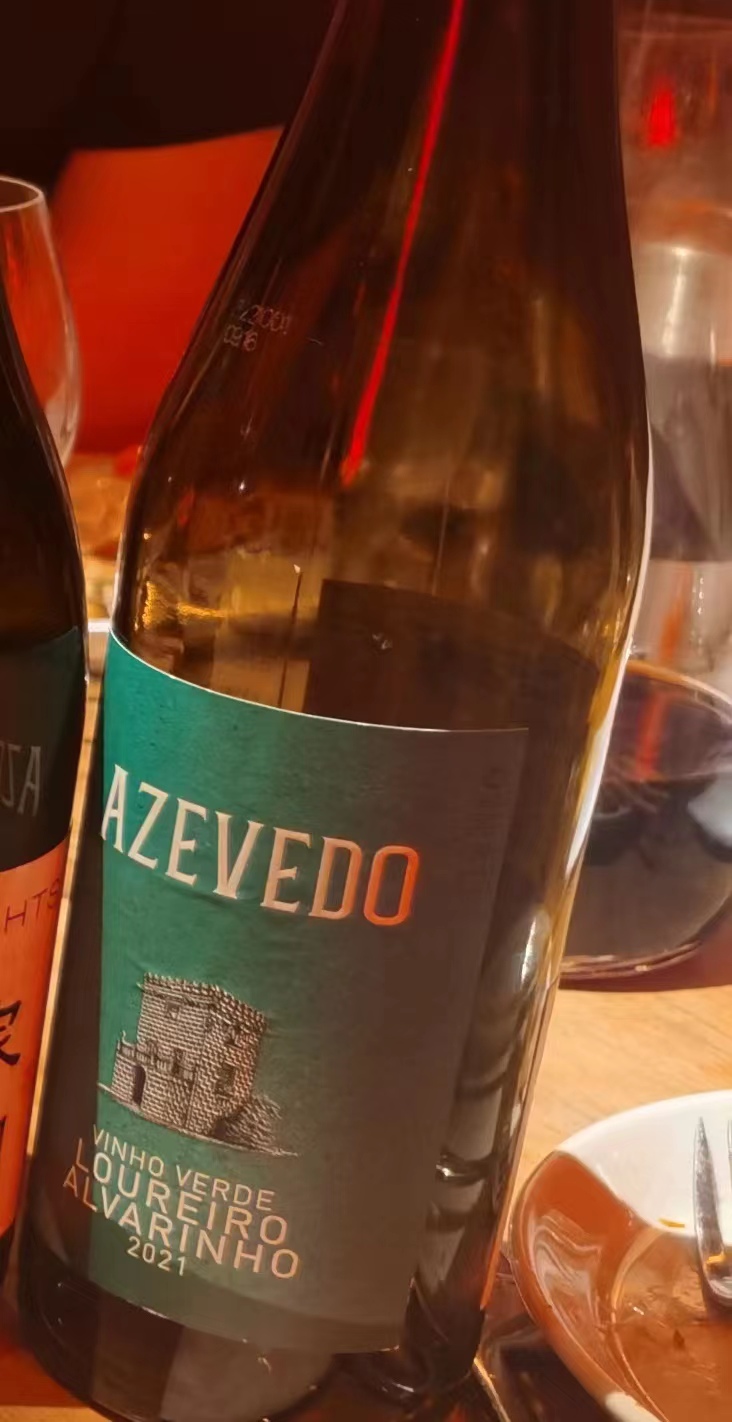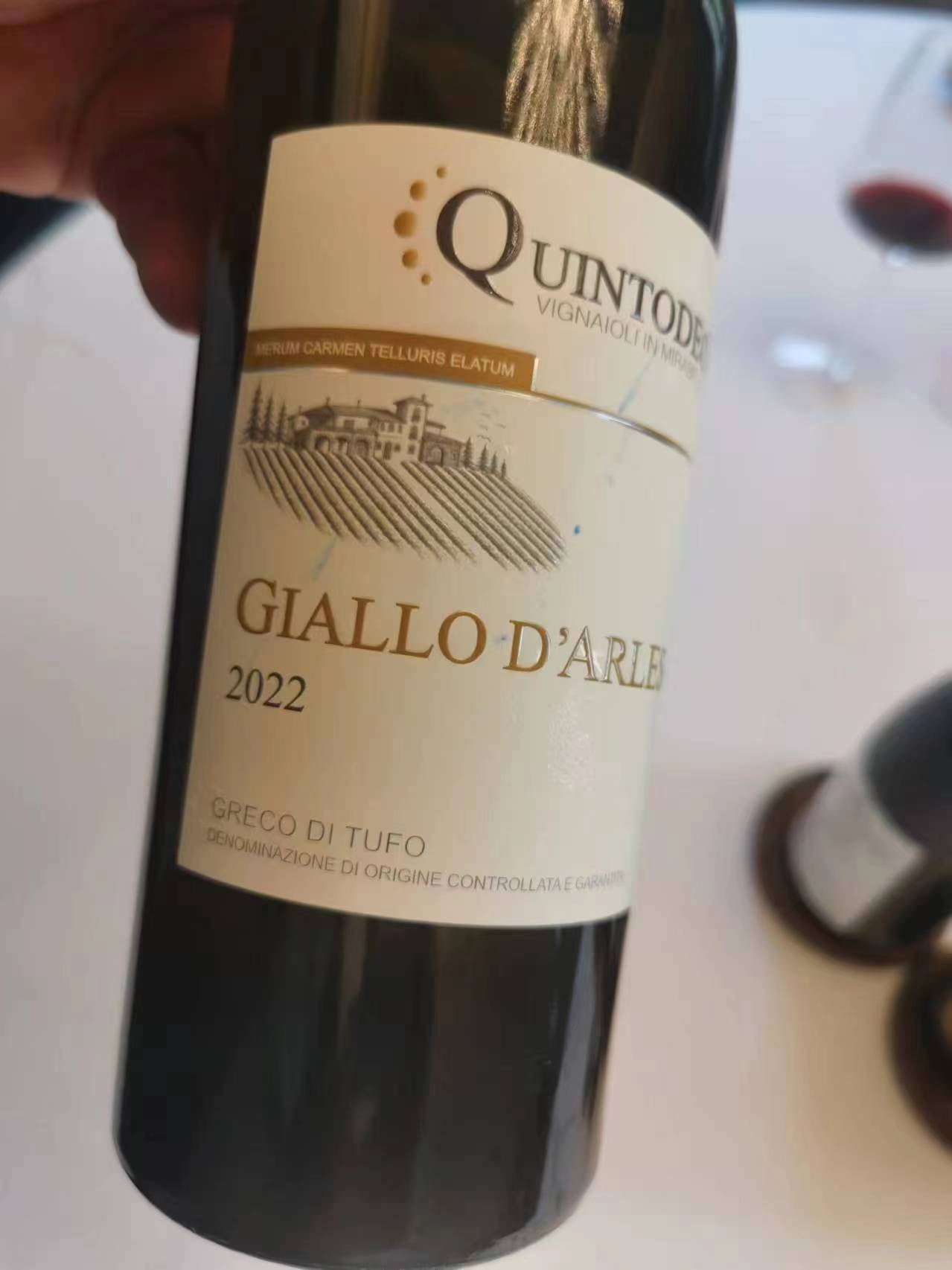Azevedo 2021 Loureiro Alvarinho Vinho Verde 93

The renaissance of Vinho Verde is nothing short of exceptional: this denomination is producing a bevy of crisp, highly approachable wines as well as more complex and age-worthy ones. Azevedo was bought by Fernando Guedes back in 1982 with the aim of producing high-quality Vinho9 Verde. In this light, it cant surprise that Azevedo’s Loureiro-Alvarinho blend differs from many wines of the region in the eco-sustainable viticulture that is at the core of it: differently from the high-trained pergolas typical of the Vinho Verde production area, the vineyards from where the grapes for this wine are sourced are all planted with a cordon-spur system. The thinking behind such a decision was to ensure more sunlight and more wind presence in an effort to increase grape ripeness while diminishing disease pressure among the vines. All of the estate’s wines are characterized by noteworthy purity and crispness (for example, the grapes are harvested at night).
Azevedo’s Vinho Verde Loureiro/Alvarinho, a blend of 70% of the former and 30% of the latter, is an absolute gem and a joy to drink. Lively straw-green in colour with some golden highlights. Intense aromas of fresh citrus fruit, mint, minerals, fresh lime peel, white flowers and minerals. Vibrant and lifted in the mouth, with repeating notes of fresh citrus, peach and nectarine, that are nicely extended on the increasingly saline, long, fresh and rather full finish. This knockout white wine was fermented with an indigenous Azevedo yeast strain and matured in stainless steel only. I loved this! Drinking window: 2026-2034.
Quintodecimo 2022 Greco di Tufo Giallo d’Arles 94

Bright yellow. Very intense, concentrated and complex aromas and flavours of tropical yellow fruit, ginger, crystallized lime, minerals, sexy spices and menthol. Rich, layered and dense in the mouth, but with vibrant acidity providing excellent clarity and cut. The finish is long and rich, leaving a noble mouthcoating sensation behind. A single-vineyard wine that is partly barrel-fermented but is not at all oaky, it is an archetypal Greco di Tufo that ought to be mandatory drinking for any self-respecting sommelier and aspiring wine course graduate. It highlights like few other Greco di Tufo wines what both the grape variety and the wine are all about. Greco gives wines that are quite red wine-like, with noteworthy tannic heft [the Greco variety is a rare tannic white grape: The wine’s name, “giallo d’Arles” is a reference to one of van Gogh’s favourite colours, a deep yellow that hints at a red colouration (how appropriate with Greco!)]. Drinking window: 2027-2032.
I have said and written many times before that the Giallo d’Arles is star winemaker and consultant Luigi Moio’s best wine, and nothing over the years has changed my mind. Moio come from a more than century-old family of winemakers; one of Italy’s brightest wine minds, he trained in viticulture and oenology in France prior to moving back to Italy in 1994 where he has worked as a consultant winemaker and university oenology professor, while launching his own Quintodecimo winery in 2001. This is a Greco di Tufo like few you will ever taste, a true benchmark for the variety with only the Greco wines of Sabino Loffredo over at Pietracupa that can hold a candle to it. Gialo d’Arles really is, in my view, easily one of Italy’s best white wines in most years.

 中文
中文



